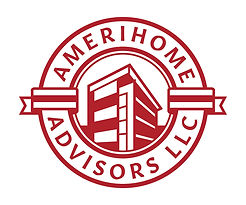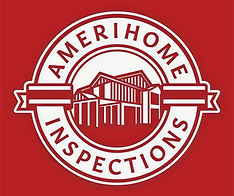Why Replacing Windows & Doors Matters in Central Florida
- Phil Gribbons
- May 5
- 3 min read

Central Florida’s hot, humid climate means air conditioning runs nearly year-round. Old, single-pane windows or poorly sealed doors can leak air, increasing energy bills.
Modern windows (e.g., double-pane, low-E glass) and energy-efficient doors can reduce heat gain and improve insulation. According to the U.S. Department of Energy, energy-efficient windows can save homeowners 10-25% on cooling and heating costs annually.
In Florida, where cooling dominates, upgrading to ENERGY STAR-rated windows could save $100-$500 per year, depending on home size and window count.
Hurricane and Storm Protection:
Central Florida is prone to hurricanes and tropical storms. Impact-resistant windows and doors are designed to withstand high winds and flying debris, reducing the risk of damage.
Upgrading to impact windows can also lower homeowners’ insurance premiums by 10-30%, as many insurers offer discounts for hurricane-resistant features.
Newer windows and doors often meet or exceed Florida’s stringent building codes (e.g., Miami-Dade standards), which is a selling point for future buyers.
Comfort and Noise Reduction:
Modern windows with insulated glass and proper sealing reduce heat transfer, keeping homes cooler and more comfortable.
They also block outside noise, which is valuable for homes near busy roads or in urban areas like Orlando or Tampa.
Property Value and Curb Appeal:
New windows and doors enhance a home’s appearance, boosting curb appeal. This is especially important in Central Florida’s competitive real estate market.
Studies from the National Association of Realtors suggest that window replacement can recoup 60-80% of costs at resale, depending on the materials and quality.
Upgraded windows and doors signal to buyers that the home is well-maintained and storm-ready, a key concern in Florida.
Durability in Harsh Climate:
Central Florida’s humidity, intense UV rays, and salt air (in coastal areas) can degrade wood or aluminum frames over time, leading to rot, warping, or corrosion.
Modern materials like vinyl, fiberglass, or specially coated aluminum are more resistant to these conditions, reducing maintenance costs.
When Is It Worth the Investment?
High Priority:
Old or Damaged Windows/Doors: If windows are single-pane, leaky, or hard to open, or if doors are warped or drafty, replacement is often cost-effective due to energy savings and storm protection.
Hurricane-Prone Areas: Homes in wind-borne debris zones (common in Central Florida) benefit significantly from impact-resistant upgrades.
Selling Soon: New windows and doors can make a home stand out in the market and justify a higher asking price.
Lower Priority:
Recent Upgrades: If windows and doors are less than 10-15 years old and meet current energy and code standards, replacement may not yield significant savings.
Budget Constraints: High-quality impact windows and doors can cost $500-$1,500 per window and $1,000-$5,000 per door, depending on size and materials. Homeowners on a tight budget might prioritize other repairs first.
Rental Properties: If the homeowner doesn’t plan to stay long, the upfront cost may outweigh benefits unless it’s a buyer’s market where upgrades are expected.
Key Considerations for Central Florida
Material Choice:
Vinyl: Popular for affordability and low maintenance; good for humid climates but may not suit coastal salt exposure.
Fiberglass: Durable and resistant to heat/humidity; pricier but long-lasting.
Aluminum: Strong for impact resistance but needs corrosion-resistant coatings in coastal areas.
Wood: Attractive but requires maintenance to resist moisture and termites.
Hurricane Ratings: Ensure windows and doors meet Florida Building Code requirements for wind resistance (e.g., Design Pressure ratings like DP50 or higher for hurricane zones).
Installation Quality: Poor installation can negate benefits. Recommend licensed, experienced contractors familiar with Florida’s codes.
Permits: Replacements typically require permits in Florida to ensure code compliance, especially for impact-rated products.
Tax Incentives and Rebates: Occasionally, Florida utilities or federal programs offer rebates for energy-efficient upgrades. Check with local providers like Duke Energy or the Database of State Incentives for Renewables & Efficiency (DSIRE).
Potential Downsides
High Upfront Cost: Full replacement for a typical home can range from $10,000 to $30,000 or more, depending on the number of windows/doors and quality.
Long Payback Period: Energy savings alone may take 10-20 years to recoup costs, though insurance discounts and resale value can shorten this.
Aesthetic Tradeoffs: Some homeowners may dislike the look of impact windows (thicker frames) or modern materials compared to original wood.





Comments